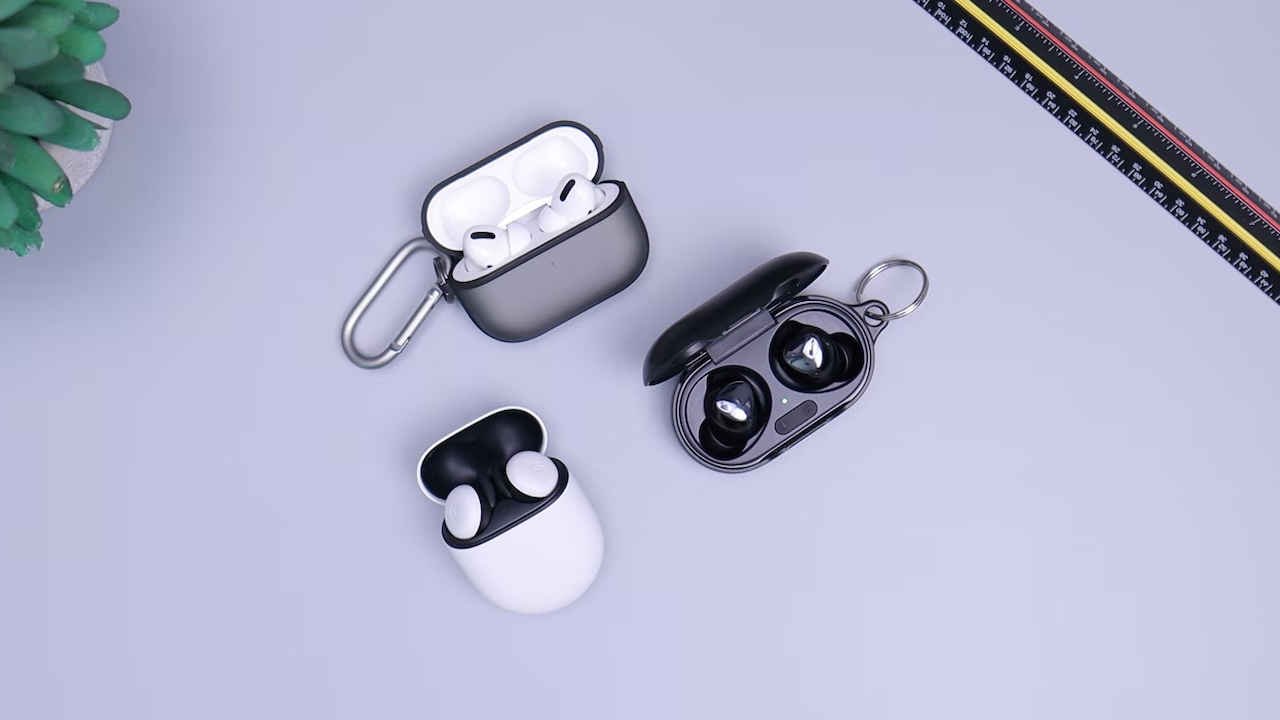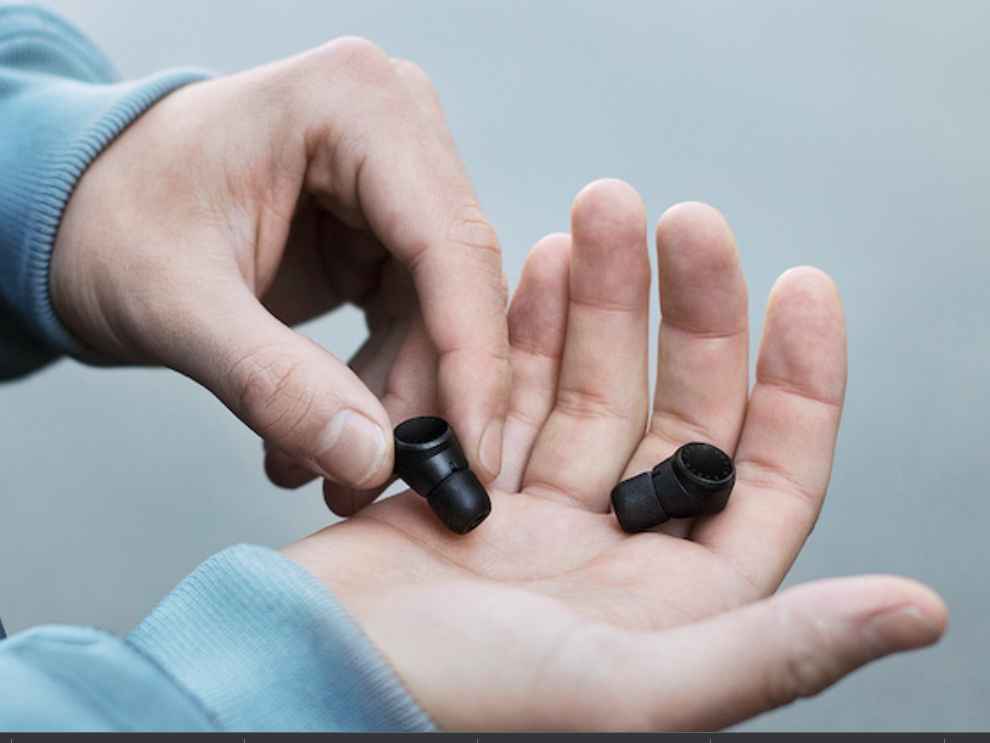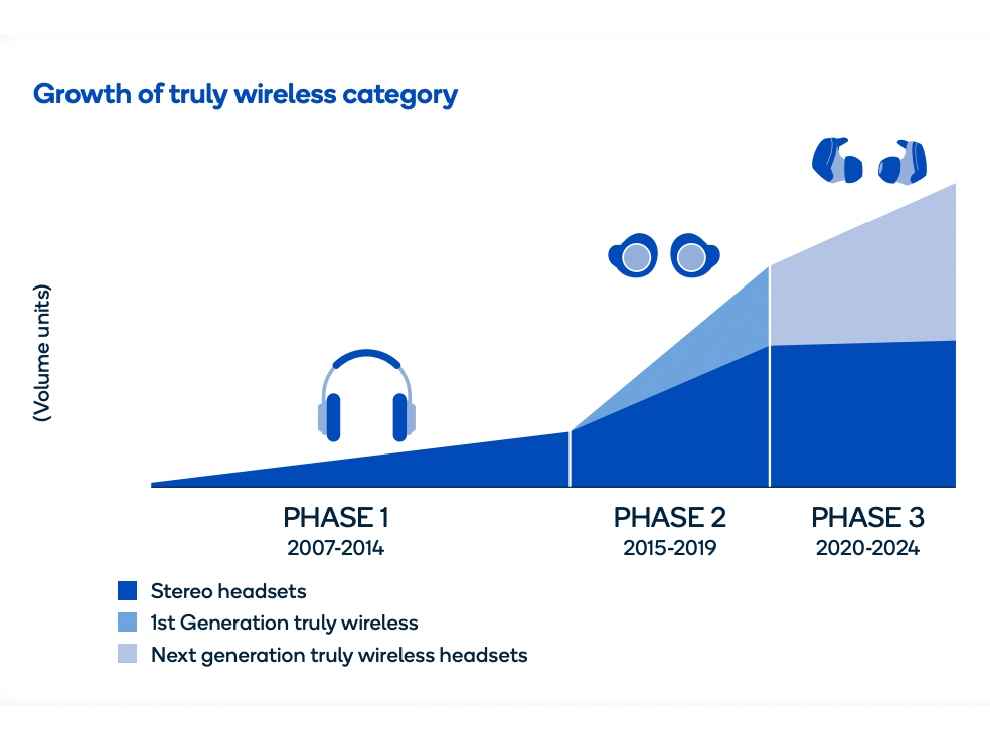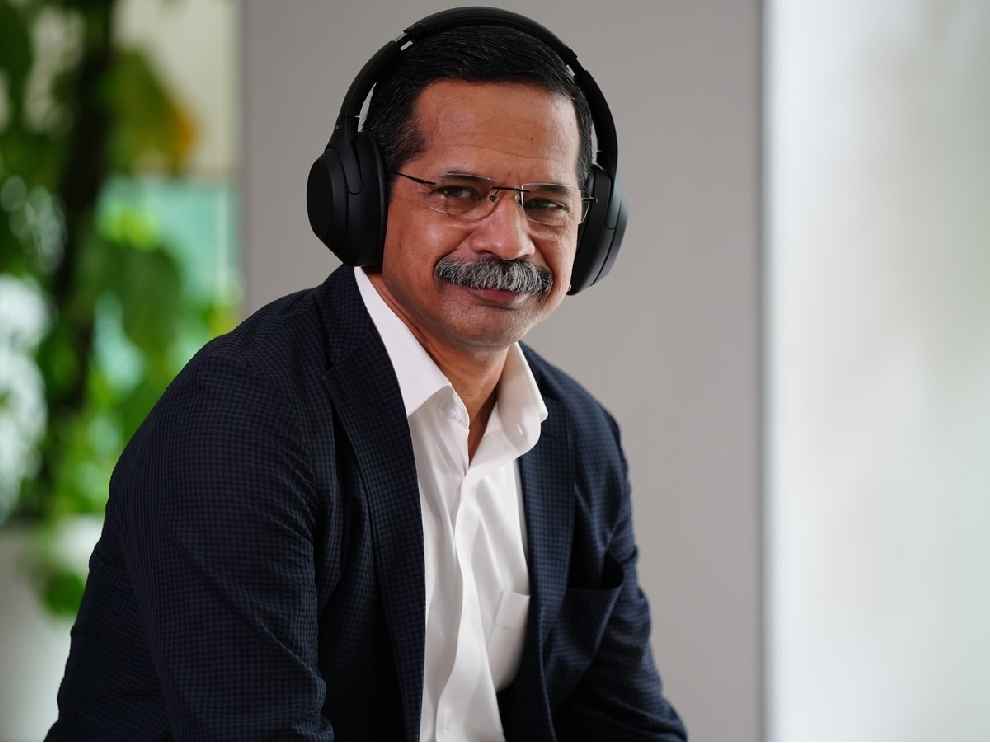From novelty to necessity – Here’s how TWS earbuds evolved

In today’s day and age, the market for consumer electronics, especially audio products, has matured to a level which no one could have guessed in ages. Within consumer audio gadgets, True Wireless Earphones, or as we generally call them, TWS earphones, have also seen a huge jump in both technological innovation and their demand in the market.
What started as a fad-like product line in the world of tech, battling against the trusty old, wired earbuds, has now become a mainstay of every conversation regarding wireless audio technology. And the journey from the ground up for wireless earbuds is as interesting as it sounds.
The first notes
As it would be the case with any ‘revolutionary’ tech innovations in today’s time, TWS wireless earbuds could have registered their presence for the first time, either in the booth of a popular audio brand at a tech show or on the Kickstarter page of a brand started by a bunch of innovative misfits if we may call them so. However, tracing back the origins of TWS earbuds is a tough task. This is because the biggest challenge is filtering through the numerous contenders that are out there, staking their claim on being the first ever company to have made True Wireless Earbuds.
It was around 2014-15 when the buzz started around the tech circles that major players in the market were burning the midnight oil to be the first in the race.
There were Kickstarter campaigns like the one by Bragi LLC. for their Dash earbuds. These earbuds were being sold for $199 at the time and were equipped with features that would put even some earbuds that are being sold today to shame. Alongside Bragi, earin also launched a Kickstarter campaign for their own TWS earbuds. Despite not being as ‘feature-rich’ as the offering by Bragi, the earin buds were also successful in creating a buzz around the market. Several other brands too also came out with their first iterations of TWS earbuds sometime later, and it looked like the journey had started on a positive note.
Earin Earbuds
However, it wasn’t smooth sailing for the brands and Kickstarter campaigns. It wasn’t long before the first issues started surfacing. And you guessed it… They were related to irregularities in Bluetooth connectivity. If your tracks on your wireless earbuds skipped a beat in today’s time, you’d rush to the brand’s Twitter page and shred them to pieces. But you had to bear with connectivity issues when you had limited options.
The other weak point for the early TWS offerings were their weak battery life. The Bragi Dash earbuds with 15,998 backers who pledged $3,390,551 promised only 2-3 hours of playback time. So, there was a lot to be done.
AirPods – Setting standards
No matter how staunch of an Apple hater you are, you have to accept one thing – They might always show up late to the party, but when they do, they bring it to life. Well, so was the case when Apple first launched their AirPods in 2016. No matter how great the AirPods may look as a product that took the industry forward, they also had their hiccups when it came to first being sent out in the market.
They had been announced by Apple alongside the infamous iPhone 7, which is known to be the one that dropped the headphone jack. So, when the voices echoed in the chambers of the internet, the only thing that reached everyone’s ears – It was the fact that the AirPods were merely a money-making tool for Apple. However, there was also another legion that supported it.
(Source: Qualcomm)
Now, after many years when the headphone jack on smartphones hears its death bell and the dust has settled, the AirPods were truly the benchmark that everyone tried to, and so many years later, still tries to achieve. The very simple testament to the success of the AirPods is the fact that the market right now is flooded with similarly named products, and for the layman, AirPods are synonymous with a pair of TWS earbuds.
Locked inside
Once the AirPods train had caught some steam and major audio product manufacturers like Sony, Harman, Sennheiser, and the likes also started making their own TWS earbuds for the masses, then the race towards cutting costs and achieving the best value for money ratio started.
There were brands left, right, and centre trying to push the bar even higher in terms of quality at the lowest possible price. It did not take long for earbuds that usually were known to be sold around the ₹ 6000-7000 mark to be up in the market for almost half the price while also retaining the quality. There was also a shift noticed when it came to features and focus areas of wireless earbuds. Qualcomm in their report titled The evolution of true wireless technology very aptly note –
“The first wave of truly wireless devices were designed for voice calls and music streaming; however, use cases have evolved since then, demanding that the latest generation of earbuds deliver richer consumer experiences with features including hearing enhancement, Active Noise Cancellation, ambient leak through of sound for situational awareness, and integrated Voice Assistants. A further development challenge for manufacturers is meeting consumer demand for ultra-small form factor earbuds that can be used for many hours at a time while balancing the need for increased processing power to meet the demands of these more sophisticated use cases. Next generation truly wireless headsets in both premium and entry/mid tiers need to support this growing range of features and applications and continue to deliver customer satisfaction with seamless wireless connections.”
The onset of the COVID-19 pandemic has also played a role in the expansion of the adoption of TWS earbuds and a significant reduction in their prices. And the effects of the change in the market dynamics have trickled down to everyday consumers getting better products at reasonable prices.
Mr Gyanendra Singh, Head – Audio Marketing at Sony India
To understand the recent shift in the TWS market in a better way, we sat with Mr Gyanendra Singh, Head – Audio Marketing at Sony India, for a brief interaction. Here’s what he had to say when we asked him about the monumental shift the audio industry has seen, taking it away from the wired earbuds:
I think two big reasons. One, I think more got to do from a functionality point of view. The usual clutter, one associated with, you know, managing device from the time was there. So, therefore, there is a need to get away from that across products, not just true wireless. The aspect of going wireless and with the development of the wireless technology that was possible on across. So that's, that's been one of the reasons, which is a more functional aspect of it. And the other is also, I think is the usage. The increasing consumption of content has been the other thing. And there is also the aspect of, of a style statement, which goes along with the true wireless earbuds. Then there is the form factor, which has caught everyone's fancy. When it comes to the pandemic impact, it was not that TWS wasn't growing before that, but I think that seemed to have accelerated it one-two times. Before that, TWS more oriented towards music, and of course, yes, you could take calls, but I think it became a necessity when we got into the pandemic. And, this is worldwide, not just in one or two markets. So, I think some of these things have really made this shift far more aggressive. In some of the developed countries, as we speak, I think even before the pandemic, the change was already there. And the TWS usage could be as high as 60-65 per cent in some of those markets. In India's case, we’ve still got some way to go before we even get to the 50% mark. So I think there is scope but we should note that we are a very diverse country with a large market.Satvik Pandey
Satvik Pandey, is a self-professed Steve Jobs (not Apple) fanboy, a science & tech writer, and a sports addict. At Digit, he works as a Deputy Features Editor, and manages the daily functioning of the magazine. He also reviews audio-products (speakers, headphones, soundbars, etc.), smartwatches, projectors, and everything else that he can get his hands on. A media and communications graduate, Satvik is also an avid shutterbug, and when he's not working or gaming, he can be found fiddling with any camera he can get his hands on and helping produce videos – which means he spends an awful amount of time in our studio. His game of choice is Counter-Strike, and he's still attempting to turn pro. He can talk your ear off about the game, and we'd strongly advise you to steer clear of the topic unless you too are a CS junkie. View Full Profile







